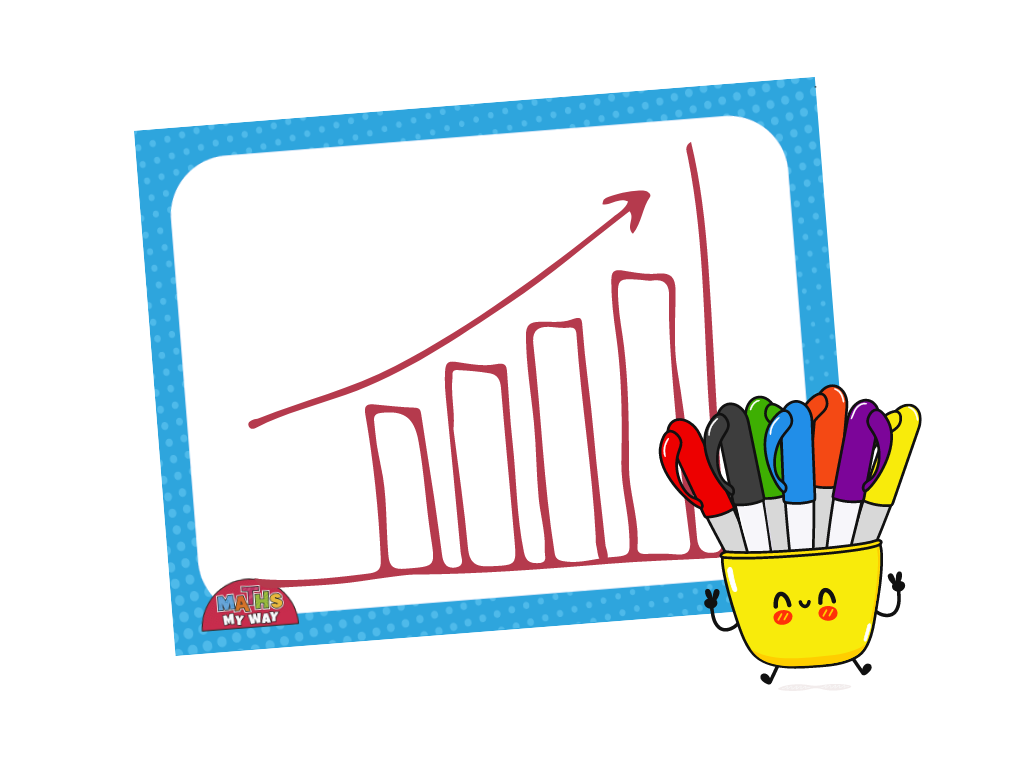Dry wipe boards are versatile tools that can greatly enhance learning in the classroom. Their interactive and erasable nature makes them ideal for a variety of activities. Here are a bunch of practical ideas to use dry wipe boards to boost student engagement and participation.

Quick Quizzes
- Activity: At the start or end of a lesson, use dry wipe boards for quick quizzes to assess students’ understanding of a topic.
- Benefits: Immediate feedback and a fun way to review or wrap up lessons.
Mind Mapping
- Activity: Encourage students to use whiteboards for brainstorming or mind mapping their ideas before starting a writing assignment or project.
- Benefits: Helps organize thoughts and can be easily extended to a whole class collaboration
Practise Maths Problems
- Activity: Have students solve maths problems on whiteboards. Pair them up to compare methods and answers.
- Benefits: Mistakes can be easily corrected, reducing students’ fear of making errors.
Sentence Building
- Activity: For language lessons, use the board to build sentences. One student writes a noun, the next adds a verb, and so on.
- Benefits: Promotes understanding of sentence structure and grammar in an interactive way.
Spelling Bees
- Activity: Conduct mini spelling tests where each student writes their answers on their board before showing it.
- Benefits: Enhances spelling skills and peer learning, as students can see and discuss each other’s answers.
Peer Teaching
- Activity: Assign a topic to each student or a group of students to explain to their peers using the dry wipe board.
- Benefits: Enhances mastery of the subject matter and builds communication skills.
Graph Sketching
- Activity: Use whiteboards to draw graphs and charts in subjects like maths and science.
- Benefits: Facilitates a hands-on approach to data representation and interpretation.
Vote on Ideas
- Activity: For decision-making activities or to gauge opinions, have students write their votes or options on boards.
- Benefits: Makes voting quick and the decision process more visible.
Role Plays
- Activity: In history or literature lessons, use the board to write key dialogues or important dates/events students need to remember during role-plays.
- Benefits: Supports active learning and helps students engage more deeply with the material.
Art and Drawing
- Activity: Encourage artistic expression by allowing students to draw scenes from a story or steps in a science experiment.
- Benefits: Fosters creativity and can be a relaxing activity that helps students express themselves.
Doing a survey on a windy day
- Activity: Keep notes, observations and tallies on a dry wipe board!
- Benefits: A sheet of paper blowing uncontrollably in the wind when doing a survey or tally outside is annoying and can spoil a child’s work and enjoyment of an outdoor activity. Take digital pictures if you need a record.
Outdoor Pictionary
- Activity: Explore fauna and flora or outdoors features using this game. Divide students into teams and have them draw their plant, animal or feature on dry wipe boards.
- Benefits: This activity is not only fun but also reinforces memory and understanding of key animal and plant terms and local environment features.
So, there you go. Some simple ways you can transform dry wipe boards from simple writing surfaces into powerful tools that promote interactive, collaborative, and fun learning. The flexibility for a child to quickly change what’s on the board allows for dynamic teaching and learning, which is essential in keeping students engaged and motivated. The students may also want to do a study to see how much paper waste they save!
Perhaps try introducing one or more of these activities in your classroom and see how your students respond. Share your experiences or any additional ideas in the comments below!

Leave a Comment